
Growing Anemone blanda in pots
Our tips to successfully grow your container plants
Contents
The Anemone blanda is a bulbous plant producing beautiful Daisy-like flowers. The Greek Anemone has a black tuberous root (or tubercle) that is often referred to as a bulb, but it is not one. Easy to grow, Anemone blanda thrives in borders, beds, and at the base of trees and bushes, as well as in pots to brighten up terraces or balconies! It is indeed possible to create stunning colourful displays by mixing different varieties in white, purple, blue, or pink. Discover everything you need to know to successfully create your spring pot of Anemone blanda.
In which pot should you plant Anemone blanda?
Prefer natural material pots (terracotta, wicker), as they are more permeable than plastic pots. The most important thing is that the bottom of the container is drained to allow excess water to escape, thus preventing the bulbs from rotting if the soil is waterlogged. If you are only planting Greek Anemones in your pot, it should be wider than deep. A depth of 20 cm should suffice. You can choose a classic round pot, a planter, or a bowl. However, if you are planting it alongside other plants (bulbous, perennials, annuals, or biennials), the container must be large enough to accommodate them all. To grow the bulbs of Anemone blanda in layers with other spring-flowering bulbs for a colourful display, such as Tulips and Daffodils, note that the bulbs should be placed last in the pot. Indeed, the smaller bulbs should be in the top layer of the “lasagnes”. It is also possible to plant your Anemones at the base of a bush in a large container.

What substrate to use for potting Anemone blanda?
For optimal flowering, the Greek Anemone requires a humus-bearing, cool, neutral substrate, but above all, light and well-drained. It is essential to place a drainage layer at the bottom of the container to prevent stagnant moisture that can cause bulb rot.
Discover other Anemone
View all →Available in 2 sizes
Available in 2 sizes
Available in 0 sizes
Available in 2 sizes
Available in 1 sizes
Available in 1 sizes
Available in 1 sizes
Available in 1 sizes
Available in 1 sizes
Available in 2 sizes
When and how to plant Anemone blanda in pots?
Planting period
Ideally, the bulbs of Anemone blanda should be planted in pots in autumn, from September to October, for early flowering in the following spring, from March to April.
Required materials
- bulbs of Anemone blanda
- light potting compost or a mix of 2/3 potting compost and 1/3 river sand
- clay balls or gravel
- a pot, basin, or planter
Preparation in advance
The bulbs of Greek Anemone need to be rehydrated before being planted. So remember to soak them in lukewarm water the day before planting.
Planting bulbs
- Place a layer of clay balls or gravel at the bottom of your container for optimal drainage.
- Fill your container with substrate up to 2/3 of its height.
- Position your bulbs at a depth of 5 cm, spacing them about 10-12 cm apart. For Anemone blanda, there is no need to follow a specific orientation for placing the bulbs, unlike many bulbous plants where the bulb must be placed with the tip facing upwards. The number of bulbs depends on the width of your container.
- Cover with substrate, press down lightly, and water.

Tubers of Anemone blanda
Read also
How to grow a Japanese anemone in a pot?What exposure do pot-grown Anemone blanda need?
Unlike the Wood Anemone, the Greek Anemone can be planted in full sun in regions north of the Loire. However, place it in a semi-shaded position if you live in an area with very hot and dry summers, such as in the south. Complete shade may compromise flowering.
How to care for Anemone blanda in pots?
Water the Anemone blanda regularly during the flowering period, when the compost is dry. Also, remember to empty the saucer of your pot. Then, in summer, when the plant is in dormancy, you can stop watering.
During flowering, cut off the faded inflorescences as they appear. Allow the foliage to turn yellow and only cut the clump when it is completely wilted. The bulbs will then have had ample time to store their reserves. In autumn, if you wish, you can replant your bulbs in the ground. You will need to add well-decomposed compost to your garden soil and work the soil thoroughly.
Native to the mountainous regions of Greece and Turkey, Anemone blanda is a hardy bulb that can withstand cold well. We still recommend wintering your pot, as the compost can freeze, especially if you live in a cold area. Place your pot in a frost-free location in an unheated space.
Planted in enriched compost, Anemone blanda in a pot does not require fertiliser.
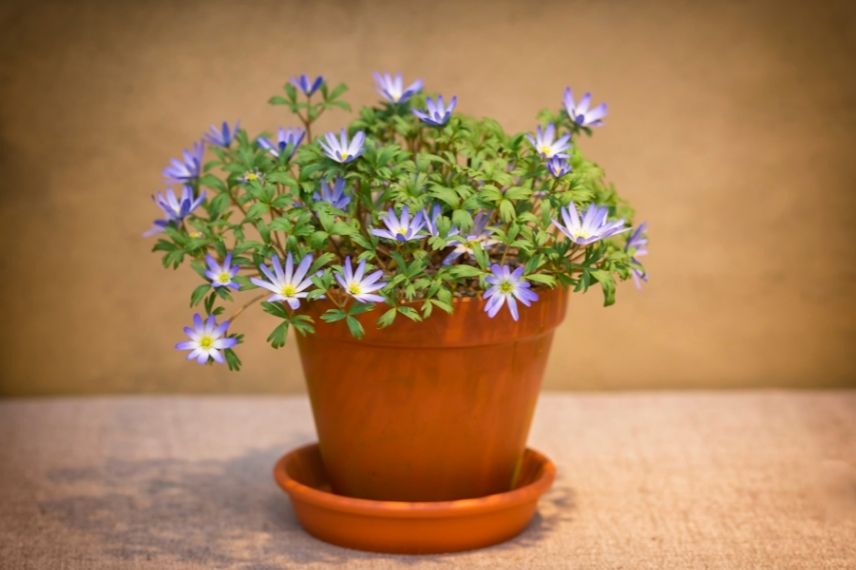
Potential diseases and pests
Although they are very resistant to diseases, Anemone blanda can be affected by rust or downy mildew, which you can treat by spraying with nettle or horsetail manure. However, be aware that attacks from nematodes can finish off your Anemones. Plant your bulbs alongside Marigolds, which have a repellent effect on these pests.
- Subscribe!
- Contents
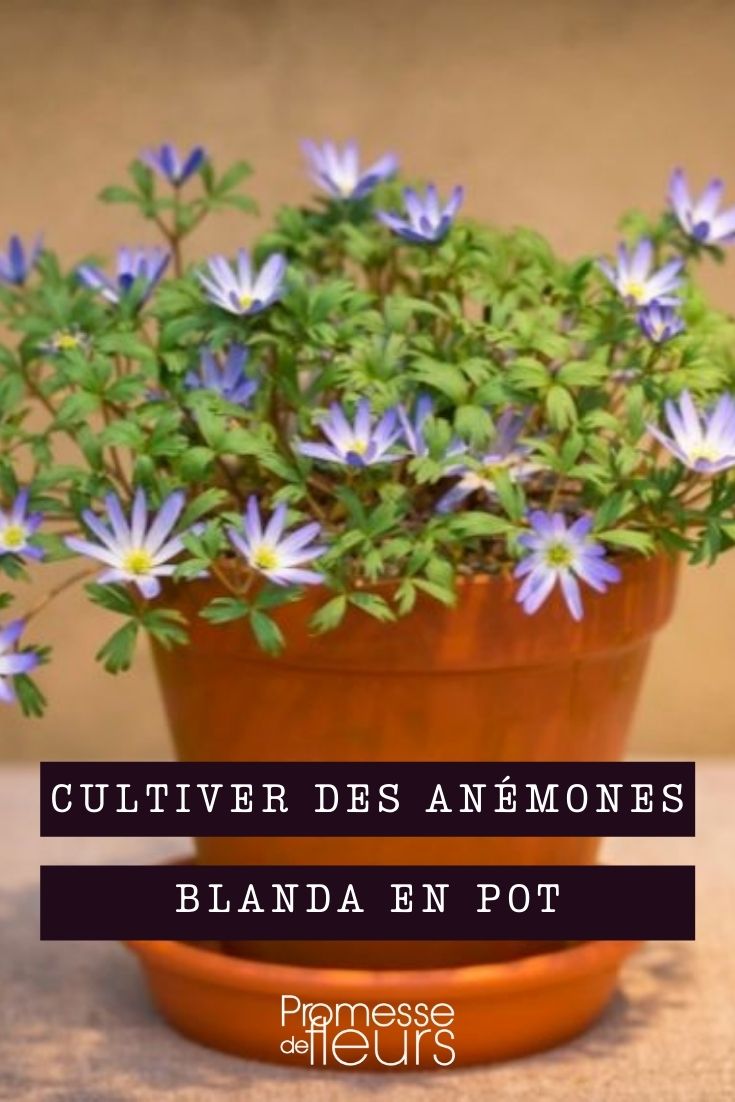































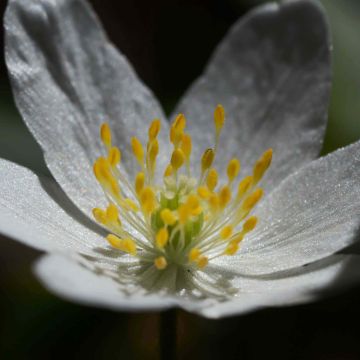
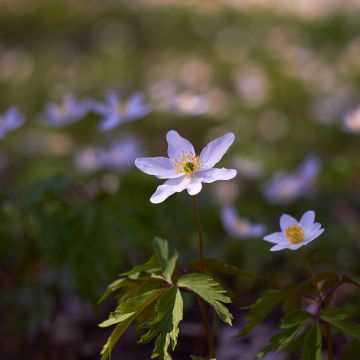



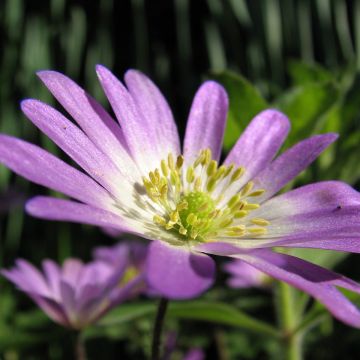
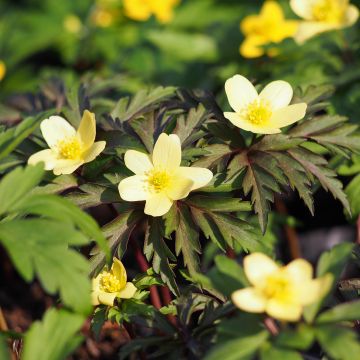
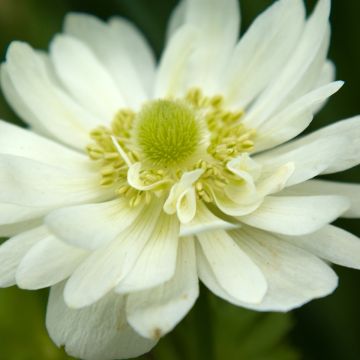


Comments